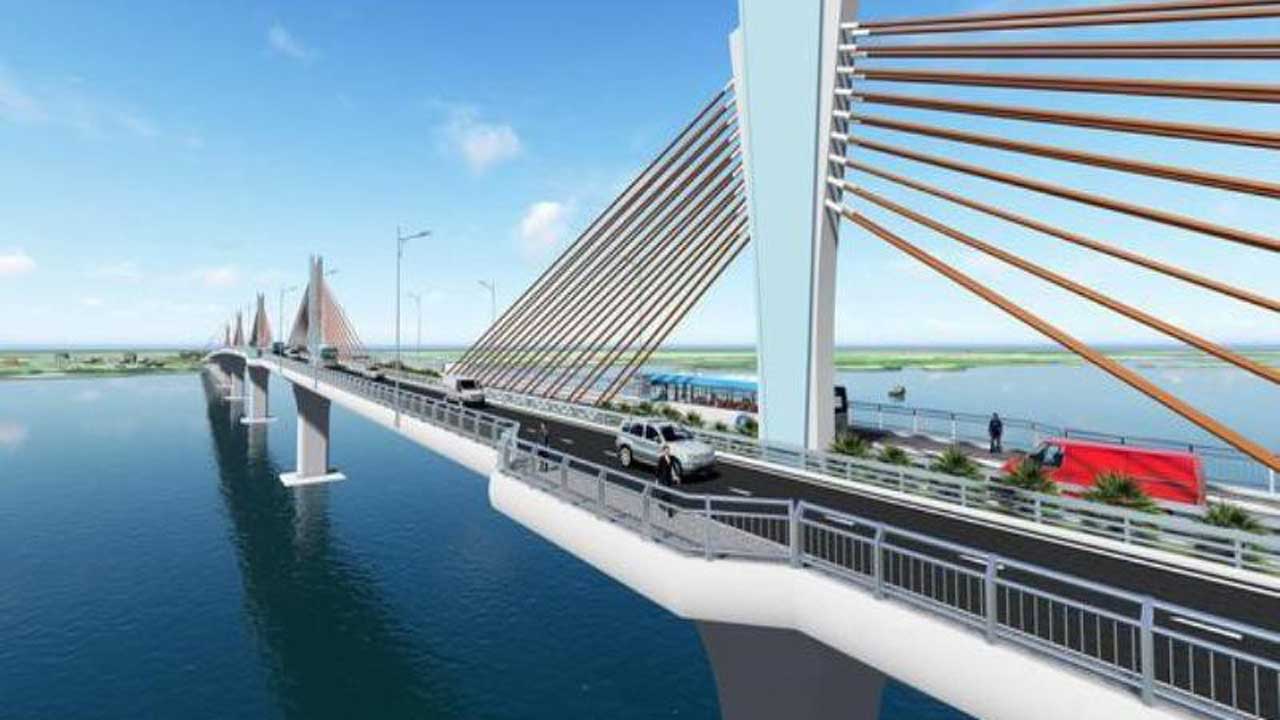HANOI – The Ministry of Transport has proposed using more than VND8 trillion of public investment for the Dai Ngai Bridge linking the Mekong Delta provinces of Tra Vinh and Soc Trang, which will help shorten the travel distance between the Mekong Delta and HCMC by some 80 kilometers compared to traveling on National Highway 1.
The ministry suggested the Government approve the adjusted investment plan for the bridge on National Highway 60.
In 2019, the prime minister approved the use of Japan’s official development assistance loans for the project. In 2021, the Ministry of Transport prepared the feasibility report for the project using the Japanese Government’s ODA loans, but Japan has yet to make any commitment on the capital for the bridge project.
Work on the project will not start until the second quarter of 2025.
The project, when completed, will connect the southwestern provinces and HCMC, shorten the travel time by 1.5-two hours and reduce goods transport costs. Therefore, the Ministry of Transport and Mekong Delta provinces want the project to be executed early.
The project was also included in the Government’s list of projects in the socioeconomic recovery and development program submitted to the National Assembly. The National Assembly later assigned the Government to review and complete the list of projects using the capital for the program and submit it to the National Assembly’s Standing Committee for consideration and approval.
While awaiting approval, the Project Management Board 85, which the Ministry of Transport has assigned to prepare for the Dai Ngai bridge project, proposed using public investment instead of ODA loans.
The project, which will include the Dai Ngai 1 and 2 bridges and approach roads, will start at an intersection with National Highway 54 in Tra Vinh Province and end at an intersection with Nam Song Hau Street in Soc Trang Province.
The project was planned to be 15.2 kilometers long, of which the Dai Ngai 1 bridge will have a length of 2.56 kilometers, the Dai Ngai 2 bridge, 0.86 kilometers, and the approach roads, 11.78 kilometers.
In the first phase, the Dai Ngai 1 and 2 bridges and the approach roads will have two lanes. The two bridges will have four lanes in the second phase.









